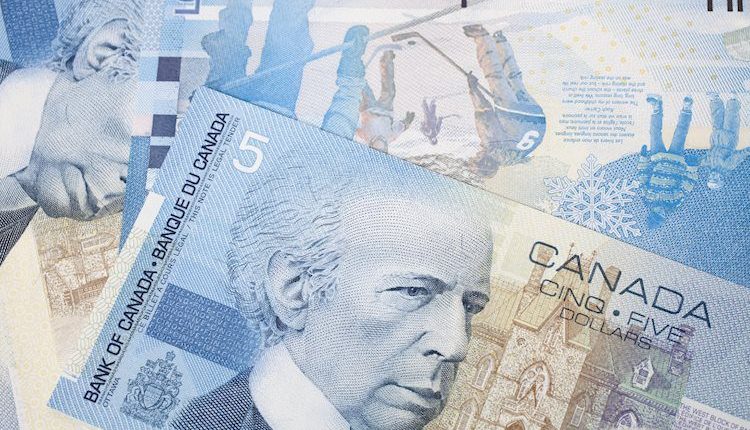- USD/CAD drifts lower to around 1.4235 in Tuesday’s Asian session.
- Fed is likely to cut interest rates by 25 bps at the December meeting on Wednesday.
- BoC Governor Tiff Macklem said the central bank is preparing for a shock-prone’ future.
The USD/CAD pair weakens to near 1.4235, snapping the three-day winning streak during the Asian trading hours on Tuesday. The Canadian November Consumer Price Index (CPI) inflation data is due later on Tuesday. Meanwhile, the US Dollar Index (DXY), a measure of the USD’s value relative to its most significant trading partners’ currencies, edges lower to around 106.75 as traders await the US Federal Reserve (Fed) interest rate decision on Wednesday for fresh catalysts.
Markets widely expect the Fed to lower its benchmark interest rate by a smaller 25 basis points (bps) at its December meeting on Wednesday as the US economy faces sticky inflation and a cooler labor market. After the meeting, Fed Chair Jerome Powell’s press conference and the updated economic projections will be closely watched. If the Fed officials deliver hawkish comments or signal a slowdown in rate cuts, this could boost the Greenback against the Canadian Dollar (CAD).
“We think that the economic forecasts will show better growth and firmer inflation this year and that the median interest rate forecast dots will be revised to show three cuts next year instead of four, as in the September dots,” said JPMorgan chief US economist Michael Feroli.
On the other hand, soft language from Bank of Canada (BoC) Governor Tiff Macklem could weigh on the Loonie. BoC’s Macklem said on Monday that the Canadian central bank is preparing for a future that looks more uncertain and more prone to shocks. Macklem added that the BoC will assess the need for further reductions in the policy rate one decision at a time and expects a more gradual approach to monetary policy if the economy evolves as expected.
Canadian Dollar FAQs
The key factors driving the Canadian Dollar (CAD) are the level of interest rates set by the Bank of Canada (BoC), the price of Oil, Canada’s largest export, the health of its economy, inflation and the Trade Balance, which is the difference between the value of Canada’s exports versus its imports. Other factors include market sentiment – whether investors are taking on more risky assets (risk-on) or seeking safe-havens (risk-off) – with risk-on being CAD-positive. As its largest trading partner, the health of the US economy is also a key factor influencing the Canadian Dollar.
The Bank of Canada (BoC) has a significant influence on the Canadian Dollar by setting the level of interest rates that banks can lend to one another. This influences the level of interest rates for everyone. The main goal of the BoC is to maintain inflation at 1-3% by adjusting interest rates up or down. Relatively higher interest rates tend to be positive for the CAD. The Bank of Canada can also use quantitative easing and tightening to influence credit conditions, with the former CAD-negative and the latter CAD-positive.
The price of Oil is a key factor impacting the value of the Canadian Dollar. Petroleum is Canada’s biggest export, so Oil price tends to have an immediate impact on the CAD value. Generally, if Oil price rises CAD also goes up, as aggregate demand for the currency increases. The opposite is the case if the price of Oil falls. Higher Oil prices also tend to result in a greater likelihood of a positive Trade Balance, which is also supportive of the CAD.
While inflation had always traditionally been thought of as a negative factor for a currency since it lowers the value of money, the opposite has actually been the case in modern times with the relaxation of cross-border capital controls. Higher inflation tends to lead central banks to put up interest rates which attracts more capital inflows from global investors seeking a lucrative place to keep their money. This increases demand for the local currency, which in Canada’s case is the Canadian Dollar.
Macroeconomic data releases gauge the health of the economy and can have an impact on the Canadian Dollar. Indicators such as GDP, Manufacturing and Services PMIs, employment, and consumer sentiment surveys can all influence the direction of the CAD. A strong economy is good for the Canadian Dollar. Not only does it attract more foreign investment but it may encourage the Bank of Canada to put up interest rates, leading to a stronger currency. If economic data is weak, however, the CAD is likely to fall.
Read the full article here

